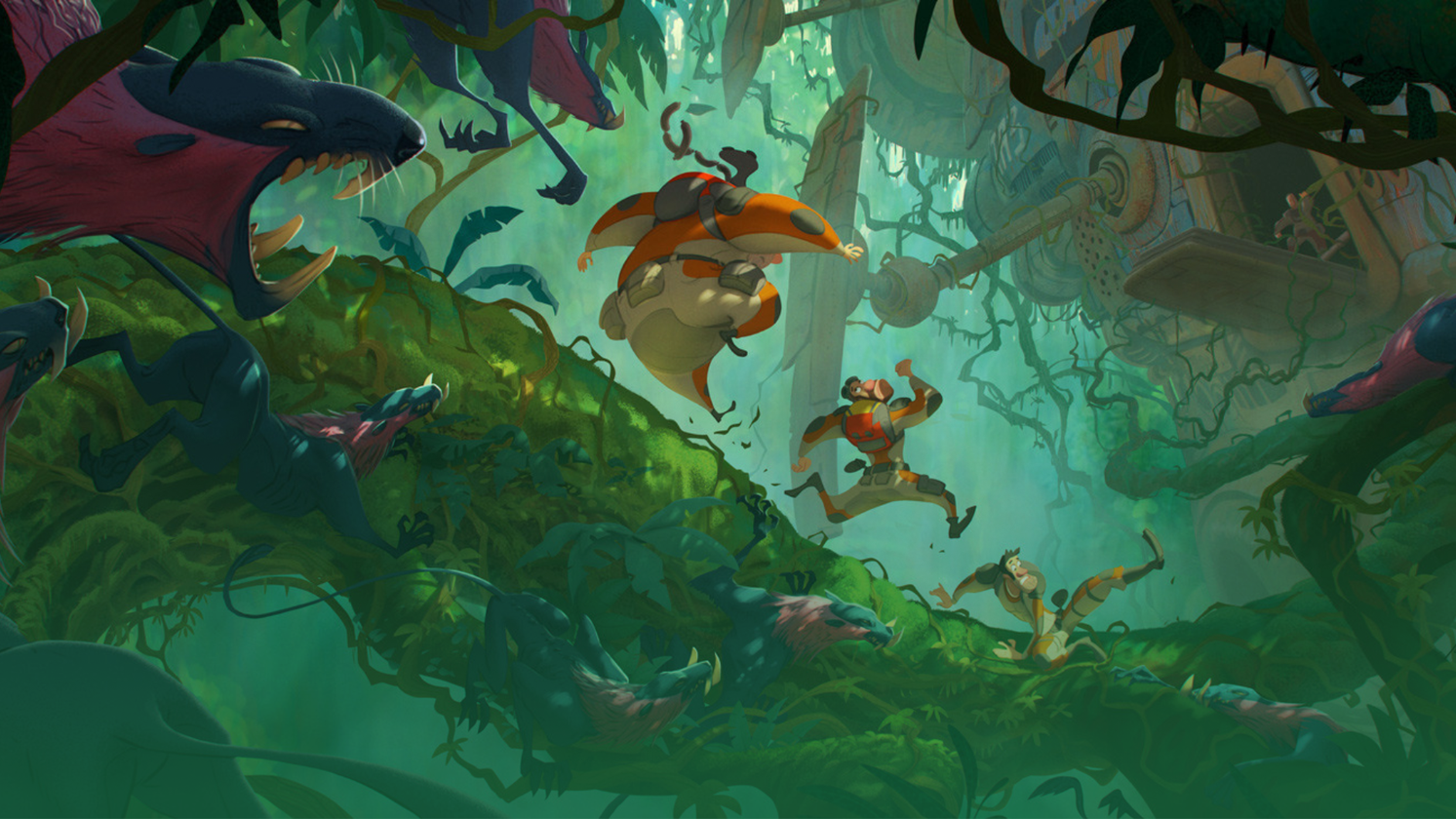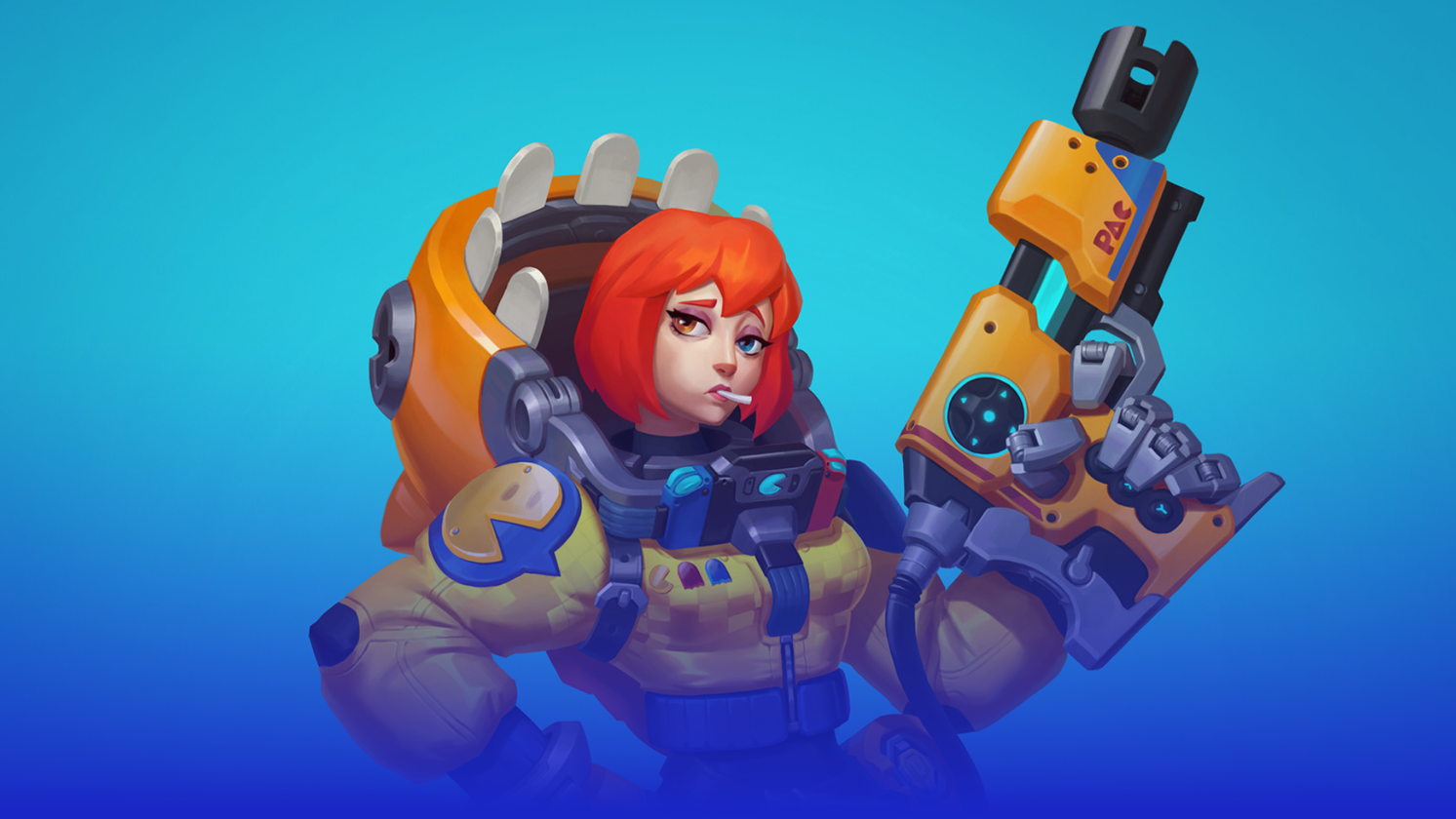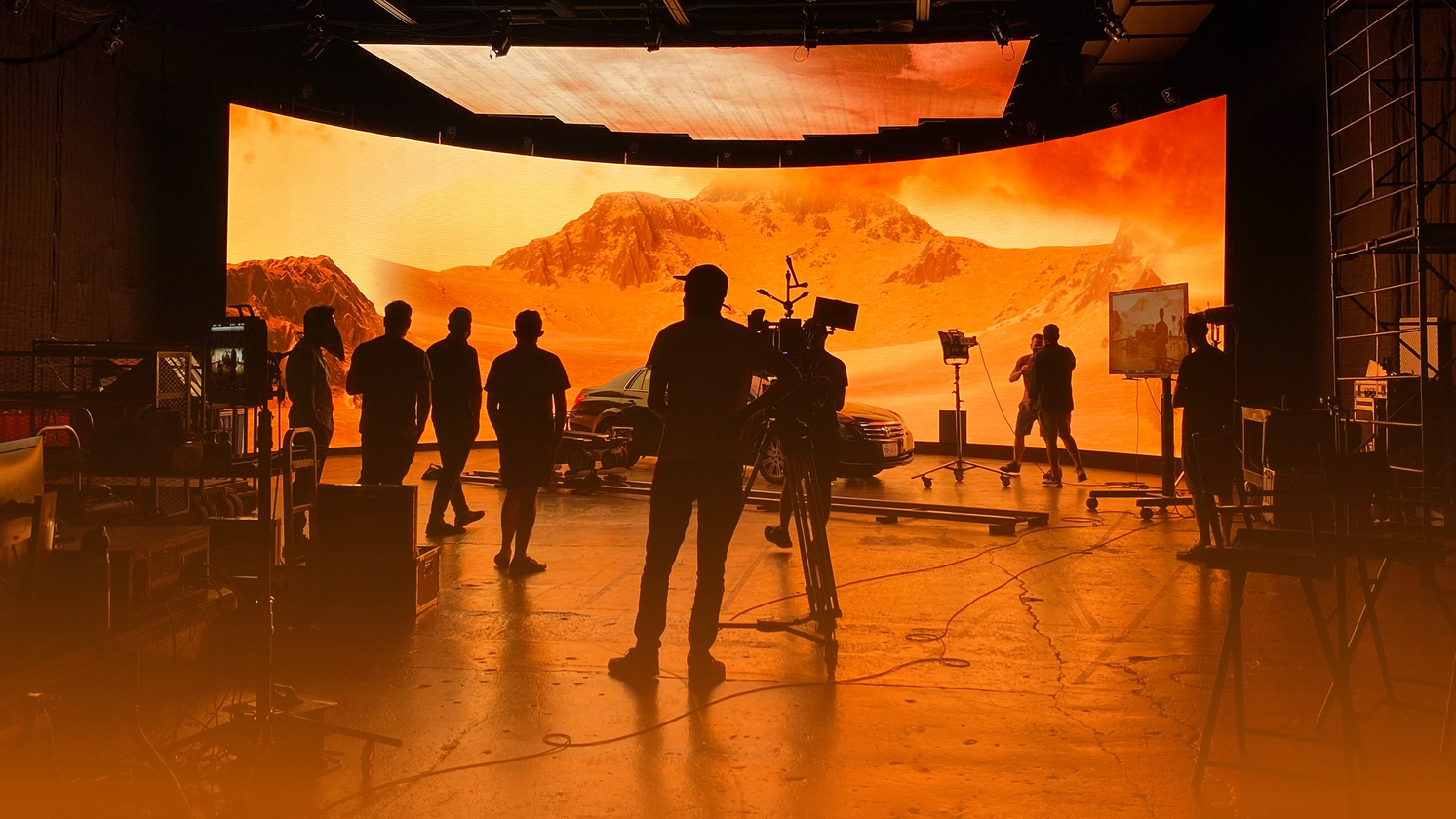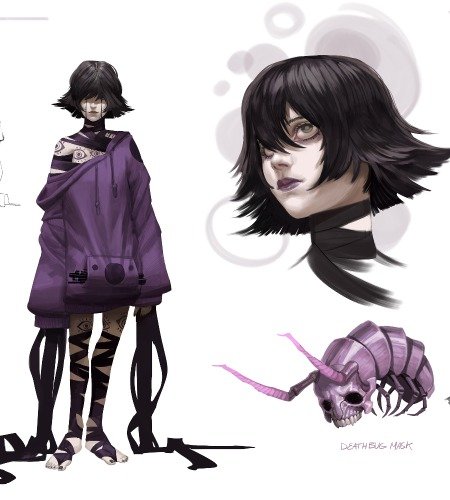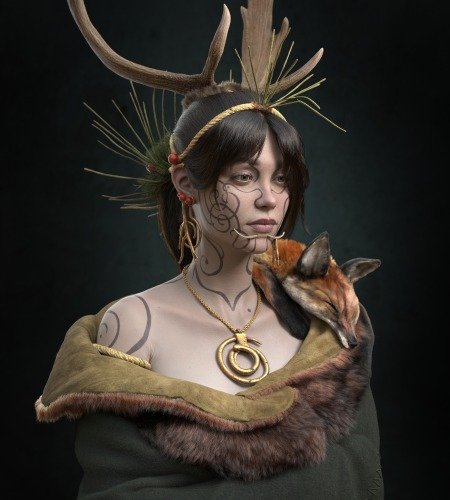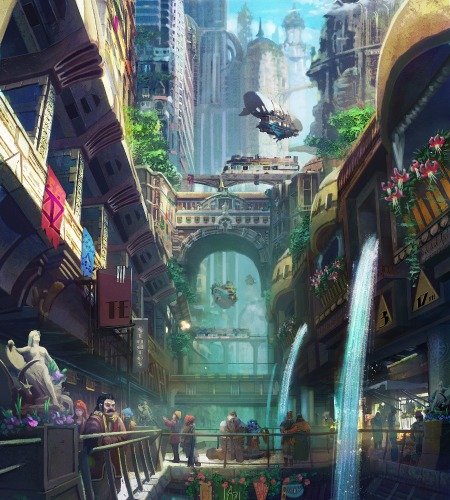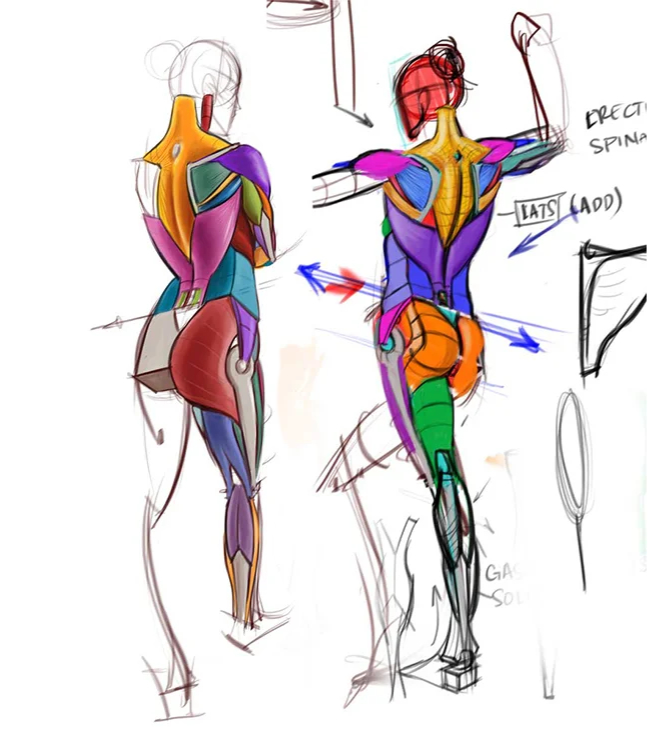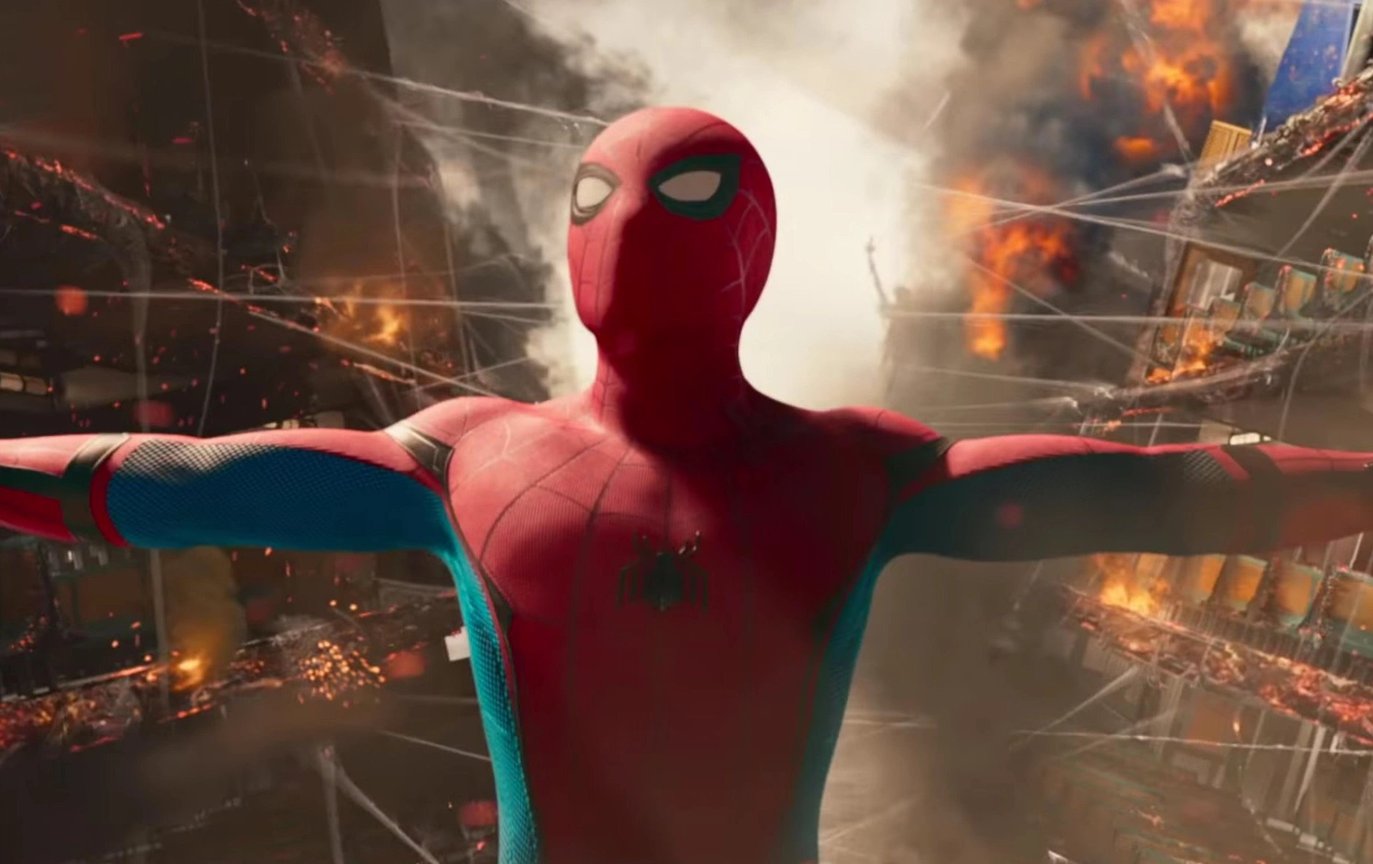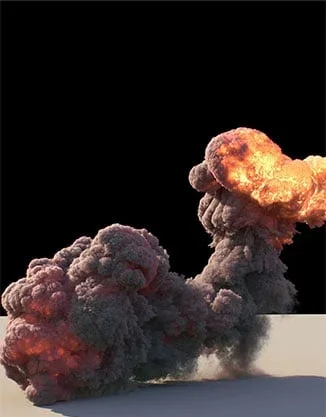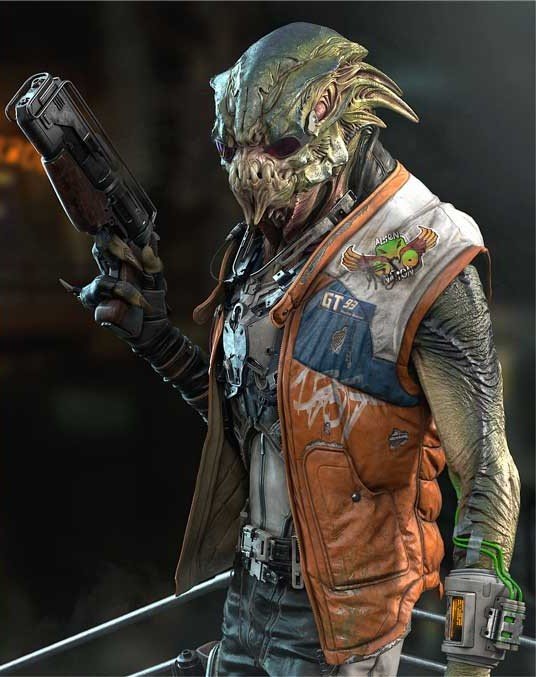Hand-Painted Interior of Cat's Bakery
Joanna Lin explained how she worked on her recent stylized hand-painted scene Cat’s Bakery made with diffuse maps only.

Introduction
Hi! My name is Joanna Lin and I’m an environment artist from Seattle. I enjoy low-poly, hand-painted textured assets and I’m fairly new to the industry. My first industry job was at Topstitch Games making Trip Troupe for Mixer’s interactive feature and now I’m with AggroCrab Games working on their new game.
I have always loved video games and drawing as a child but combining them was not something I even dreamt of until after finishing my undergrad. After enrolling into a local game art school in Seattle I found a particular passion for creating and directing the art for games. Video game art has the potential to take on another form. Its power to captivate and enthrall players and spectators with its interactions in the context of games gives it a special feeling that I want to always emulate in my work.
Cat’s Bakery




Goals
The goal of the assignment was to create a stylized interior within a “fantasy tavern” theme. The scene required a large number of props and the wall and floor textures were painted in a “paint-to-cam” method used in games like Diablo 3 and Starcraft. We had two 1024 textures for the floor and wall and the prop textures were done on a 2048 texture. The final scene was lit and presented in Marmoset Toolbag.
I chose a cat-themed bakery with a cozy atmosphere similar to that of a warm, bustling interior of a tavern. The cat-kiln was the main centerpiece of the scene and I was also heavily inspired by Vasili Zorin’s concept art pieces he created for a Hearthstone animated short. My concept was bringing that style and atmosphere together with the centerpiece and building off of that concept.

First Steps
I started with a rough sketch and then began roughly blocking out the scene and implementing lighting to get a general feel for the interior.


It may have been a bit overkill to also model out all the props (which were the final meshes for the scene) and then paint over that but it helped me lay down the colors for the textures quickly and it worked out fairly well for my workflow. In the future, I feel I would paint over the initial rough graybox to lay down the idea a bit quicker.
Hand-Painted Textures with Diffuse Maps
A lot of painterly and stylized scenes use diffuse only and this approach is mainly about the artistic style. You get a very specific look with it and this look currently can’t be achieved without this method. I think when it comes to choosing the methods, it’s just a matter of choice and depends on the style you are going for!
I approached most of the textures in the same manner – by starting out with a flat color, defining any large shapes and patterns, and then slowly building more details on top. I spent the most time with the detailing on the floor texture. For the props in the scene, the textures were fairly simple but they worked out well.


Modeling
Everything was modeled in Maya and I tried to keep the forms basic but not too rigid either. I actually enjoy 3D Coat’s UV system a lot so I UV unwrapped a few slightly more complex models there instead of Maya.
Lighting
I set up the lighting once I finished the initial graybox for the scene. There are a few Omni lights in the scene: an orange and yellow one in the kiln, a soft blue one for the window behind it and a purple one to the right for extra rim lighting. The only lighting that was painted onto a texture in this scene is the blue light on the kiln’s ears and pipe which helps sell the blue lighting there.
Feedback
This is my first time doing a scene like this so I still have much to learn but I’m also proud that it’s presentable and close to what I envisioned! What I really enjoy is a low poly look with painted textures that give a charming effect. I tend to be too focused on the details sometimes but over the course of this project, I found a balance in how much detail is actually shown on the props. In terms of using Marmoset Toolbag, I feel that the lighting along with the global illumination setting really helps bring the scene to life. Coming from a 2D background and translating things to 3D helped me see what I could get away with. Things don’t always have to be complicated and crazy-detailed to look good!



